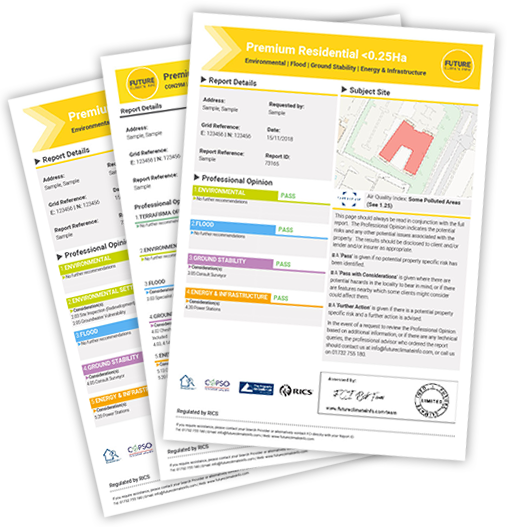Currently, the country is just one stage away from a national emergency being declared with this heatwave. Air quality warnings have been issued again for London, due to a mix of toxic air, extreme temperature, emissions from the continent and a lack of cloud.
The last recorded high pollution in London was on 7 May. It is the ninth time an air quality alert has been issued since Mr Khan became mayor.
Earlier this year, Annual legal air pollution limits had been reached in London within one month. Hourly limits for nitrogen dioxide (NO2) have been exceeded 18 times so far this year – the maximum allowed under European Union rules.
The World Health Organisation lists the UK as having a frightening 94.6% of its population exposed to PM2.5 air pollution that exceeds WHO guidelines.
With our current rate of population growth, emissions and the increasing heatwave trend, this is sure to get worse.
Air quality decreases during times of hot temperatures because the heat and sunlight essentially cook the air along with all the chemical compounds lingering within it. This chemical soup combines with the nitrogen oxide emissions present in the air, creating a smog of ground-level ozone gas.
This makes breathing difficult for those who already have respiratory ailments or heart problems and can also make healthy people more susceptible to respiratory infections.
The Hazy, Wheezy Days of Summer
So, we could see this kind of heatwave as a regular summer fixture, especially in the more populated south and east of the country. Unless a strong grip is taken on emissions, as well as building adaption to climate change, some parts of the urban south could become summer “no go” zones by 2050.
It is important therefore that property decisions are not taken in the short term. Key considerations have to be linked to individuals’ health and where they live – will increasing air pollution make them more susceptible than others? Could apparently healthy children and adults develop more respiratory problems if they choose to live in a high pollution risk urban area?
Will the house they choose to live in become impossible to live in without prohibitively expensive adaptation to ever higher summer temperatures?
Future Climate Info is the only environmental reports provider that offers air quality data as standard as part of property transaction due diligence. Our unique partnership with Earthsense means your clients understand the pollution risks they could be exposed at a greater level into the future.
For more information, contact on us on 01732 755 180 or email info@futureclimateinfo.com


